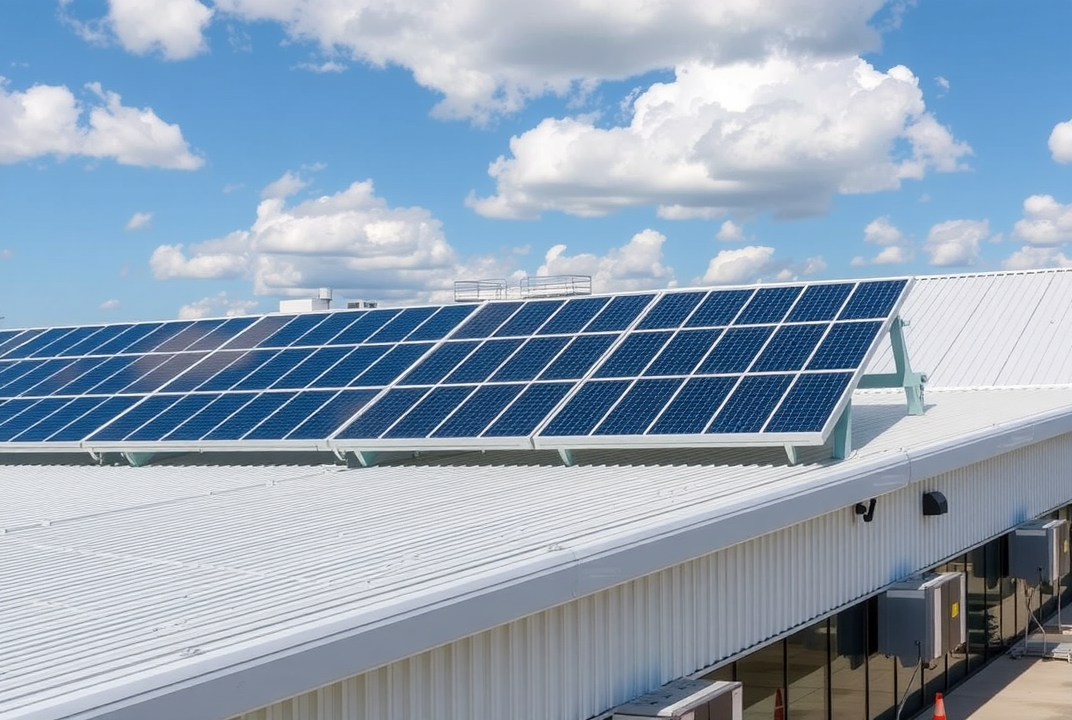Eco-Friendly Advertising: How Sustainable Marketing is Shaping the Future

Introduction
Did you know that over 70% of consumers prefer brands that incorporate sustainable practices into their operations? As environmental awareness grows, so does the demand for eco-friendly business solutions. This article explores how sustainable marketing trends are reshaping the advertising landscape and fostering a greener future.
In the coming sections, you will gain insights into key trends in eco-friendly advertising, examine real-world examples, and understand the benefits of adopting sustainable practices.
Understanding Sustainable Marketing
Sustainable Marketing Defined
Sustainable marketing emphasizes eco-friendly business practices and focuses on creating long-term value for society. It's not just a trend but a shift towards a holistic approach that considers the environment, consumers, and the business itself.
Key Principles
-
Environmentally Friendly Practices: Reducing carbon footprints, minimizing waste, and utilizing renewable resources.
-
Consumer Engagement: Building loyalty with transparency and creating awareness of sustainable efforts.
-
Long-Term Impact: Ensuring that marketing strategies contribute positively to both the planet and society.
Eco-Friendly Advertising in Action
Green Campaigns
A growing number of brands are launching green campaigns that promote sustainability. Household names like Patagonia and IKEA are leading by example, highlighting renewable materials and encouraging recycling.
-
Example: Patagonia's "Don't Buy This Jacket" campaign emphasized buying less and focused on product longevity.
-
Example: IKEA’s 'Sustainable Living' initiatives aim to make sustainability accessible through affordable green products.
These campaigns not only promote eco-friendly products but also educate consumers, aligning brand values with customer expectations.

Benefits of Sustainable Marketing
Positive Brand Image
Adopting sustainable marketing practices helps improve brand perception. Companies that actively engage in green marketing often attract eco-conscious consumers and gain a competitive edge.
Consumer Trust and Loyalty
Eco-friendly initiatives build trust. Transparency in sustainable practices allows consumers to connect emotionally with brands, fostering deeper loyalty.
Cost-Efficiency
Though the initial investment may be high, sustainable practices can lead to reduced costs in the long run. Energy-efficient technologies and waste reduction contribute to financial savings.
Challenges in Implementing Sustainable Practices
Operational Hurdles
Transitioning to sustainable practices involves overcoming significant operational challenges. Aligning sustainability goals with business operations requires strategic planning and resource allocation.
Perceived Cost
There's a common perception that green technologies and processes are costly. However, many brands find that the long-term financial and reputational benefits outweigh initial costs.

Future of Eco-Friendly Advertising
Digital Transformation
Digital advertising plays a crucial role in promoting sustainability. Digital platforms enable targeted and efficient marketing, reducing waste associated with traditional methods.
Innovative Technologies
Emerging technologies like AI and blockchain can enhance transparency and traceability in supply chains. Such advancements ensure that companies remain accountable and maintain consumer trust.
Regulatory Support
Governments worldwide are emphasizing sustainable development, providing incentives and support for businesses adopting eco-friendly practices. Regulations encourage companies to innovate and lead in this ever-important sector.
Conclusion
Sustainable marketing trends are not merely a response to consumer demands but a proactive stance towards a healthier planet. By incorporating eco-friendly advertising into their strategies, businesses not only enhance their brand image but also contribute to a greener future.
Call to Action:
If your brand hasn’t yet embraced sustainable practices, consider starting small. Implement recycling initiatives, reduce energy consumption, and communicate your efforts to your audience. Customers value brands that reflect their growing environmental concerns.
